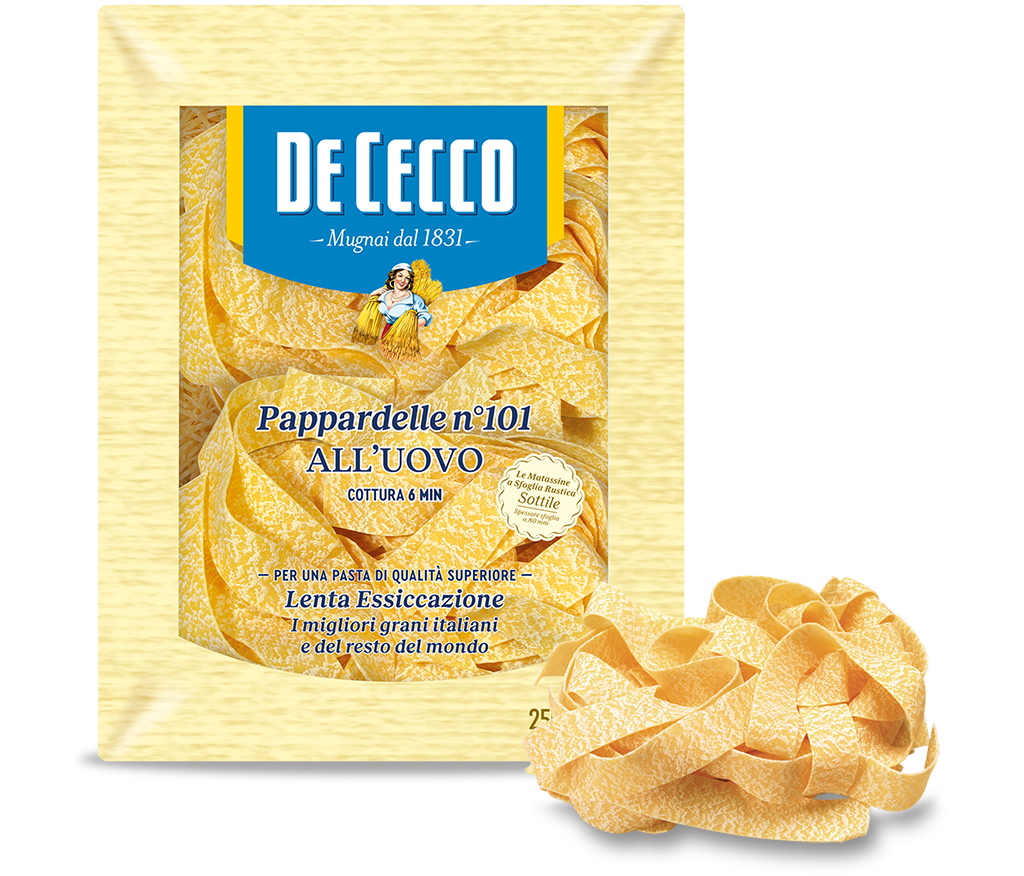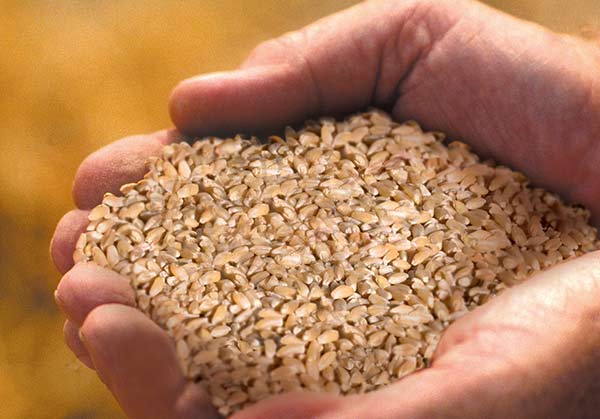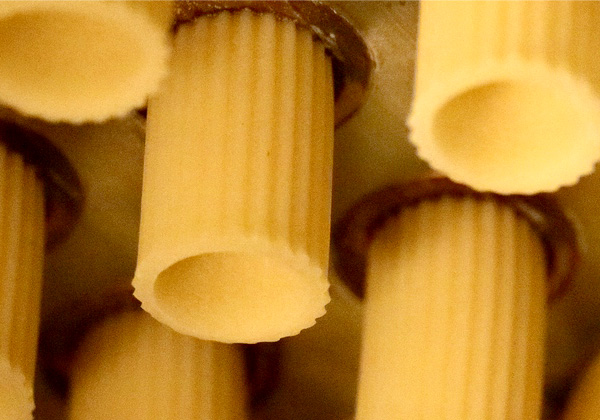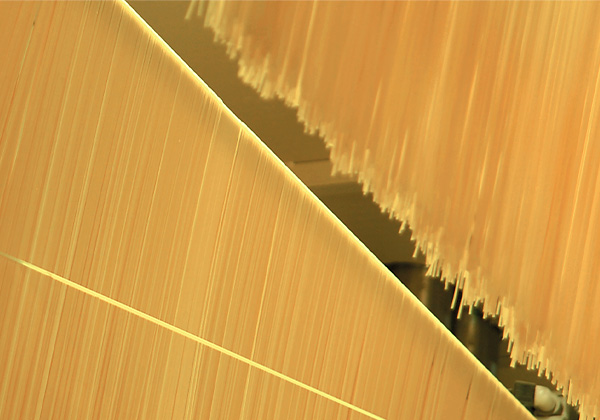Alfabeto n° 673 all'uovo
Alfabeto (alphabet) belongs to the minute pasta family to be cooked in broth.
This pasta was undoubtedly invented to stimulate the imagination of children who commonly eat this pasta in baby food and vegetable soups and give them their first introduction to the idea of reading.
It is especially good for preparing clear soups such as broths or consommé, enhanced with croutons or vegetables cut in julienne strips.
This pasta can be used in thick creamy or velvety soups.
Available in 250g packs
- Cooking time: 5 min
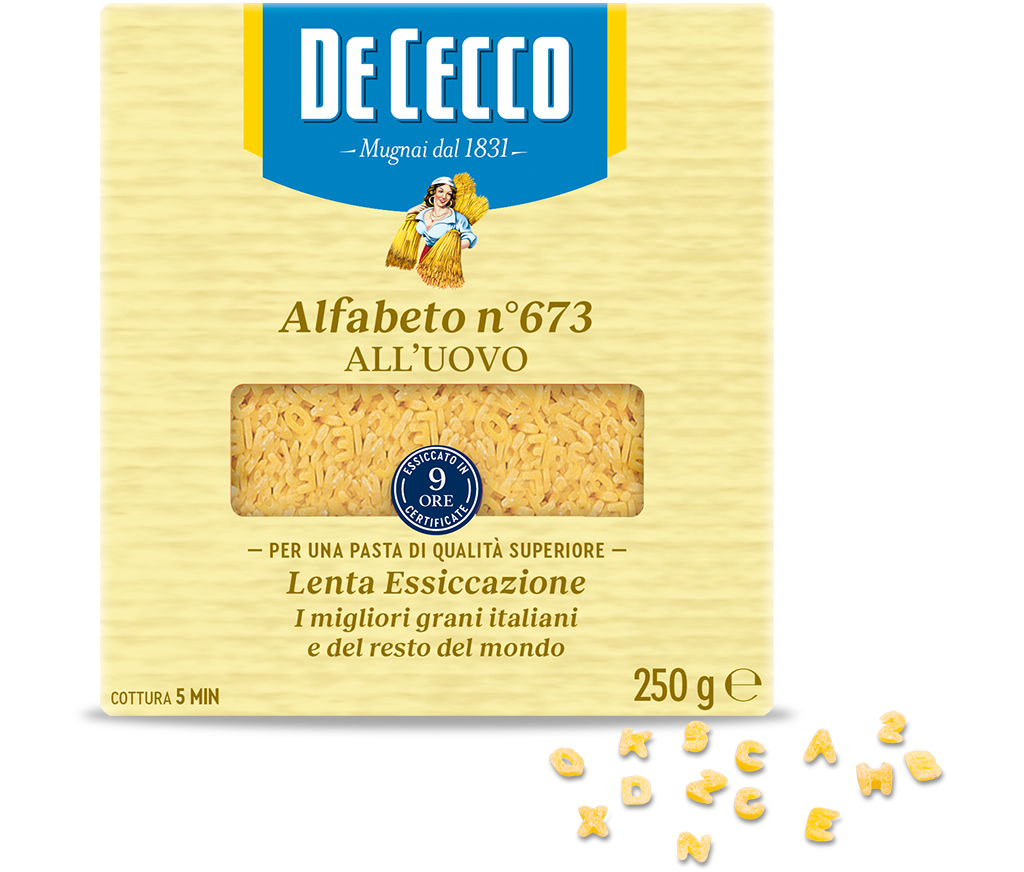
Our method
Pappardelle n° 101 all'uovo
Pappardelle are consumed all over Italy and are part of the long, flat pasta family.
They are excellent when prepared with sauces made from wild meat and game.
They are also recommended for recipes with tomato sauce and cheese, as well as with creamy sauces, which spread well over the entire surface of the pasta.
Available in 250g packs
